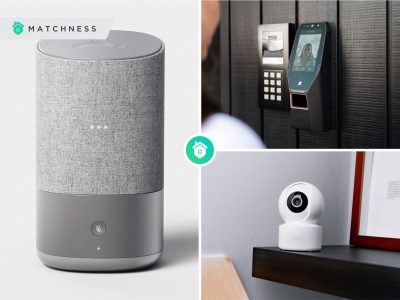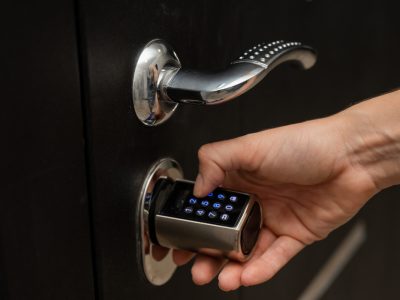If you’re new to the idea of incorporating numerous smart-home devices into your home, you might be a little daunted by the thought of where to start.
There are thousands of products on the market to choose from, and each person has different needs and wants for their property and goals they’re looking to achieve. Not to mention the wide variety of prices you might pay for gear.
If you want to set yourself up with a smart home in 2023, here are some tips you can follow to help you navigate this project.
Determine Your Budget
Start by determining how much you feel comfortable spending on a smart home and know you can afford. Come up with a figure and then break it down into areas of your home, such as products for the kitchen, living room, office, bedrooms, external zones, etc., and don’t forget to factor in additional costs when budgeting. For example, you may need to have an electrician install some products for you or update wiring, you may need to pay delivery fees for goods, or there may be additional warranties or other costs to consider.
You may also want to break your budget down for different time periods. For instance, you might like to start small and focus on buying a smart ceiling fan, lighting, doors, and a central smart hub. Later, in another quarter or next year, you might put money into smart kitchen appliances, entertainment devices, etc.
List Your Goals
The next step is to get clarity around your goals for your smart home. What do you want to achieve by setting up your place with these internet-connected devices? For example, do you want to have some fun using the latest gadgets or make life easier for yourself or someone else in your household with a disability?
Perhaps you want to install smart home appliances so you can sell your property for more to a tech-savvy buying market, or you want to make your life easier and more productive thanks to the use of tech tools. Everyone has different goals in mind, which affects how you set up a smart home. As such, be sure what yours are from the start so you make decisions about purchases, installation, etc., that align with these desires.
Compare Products Closely
One of the key steps in creating a smart home is to compare products so you can find the best options for your specific needs. There are many different factors to consider when you make these comparisons. For example, it’s worth trying to buy products from one or two of the same brands so that you know the items will “talk” to each other effectively. Alternatively, before making a purchase, check the manufacturer’s information about compatibility.
It can be tempting to buy a bunch of products that are on sale and seem like a great buy, but if they won’t connect properly and you have to spend more money on extra cables or other fixes and more time to try and get them to work correctly, they won’t be worth it in the end. Similarly, check how old the machines are if you see great deals. Often, the products that get significantly discounted do so because they’re outdated. It may be worth spending a bit more money to get the latest edition of appliances.
Read Product Reviews and Testimonials
Once you have a shortlist of gadgets prepared, read reviews and testimonials about each one. Learn what you can about the specific products and the brands they’re made by. You should be able to find lots of data online to help you get a feel for the quality, longevity, maintenance, and warranty factors of different machines. For example, read content on retailer websites, social media sites, blogs, forums, and in magazines.
Secure Your Devices Against Hackers
Lastly, your work doesn’t just stop once you’ve purchased smart-home gear and brought it home. Not only do you need to install it yourself or have a professional install it, but you also need to take steps to stop hackers from easily hacking the devices. Since the electronics are connected to the internet all the time, this can make them more vulnerable to cybercriminal attacks. Hackers can break into a smart-home product and then make their way, from there, into other systems on your network, such as your computers, tablets, or smartphones.
There are numerous ways you can protect yourself and your data, though. For example, change the usernames and logins from the default settings pre-installed on gadgets when you get them, and ensure you use secure Wi-Fi at home with a good password. Plus, update smart-home device software as soon as new versions become available and utilize comprehensive security software and firewalls on your gadgets.
Take all these steps, and you should soon develop a decent smart-home system at your property that brings you plenty of benefits and few headaches.





















